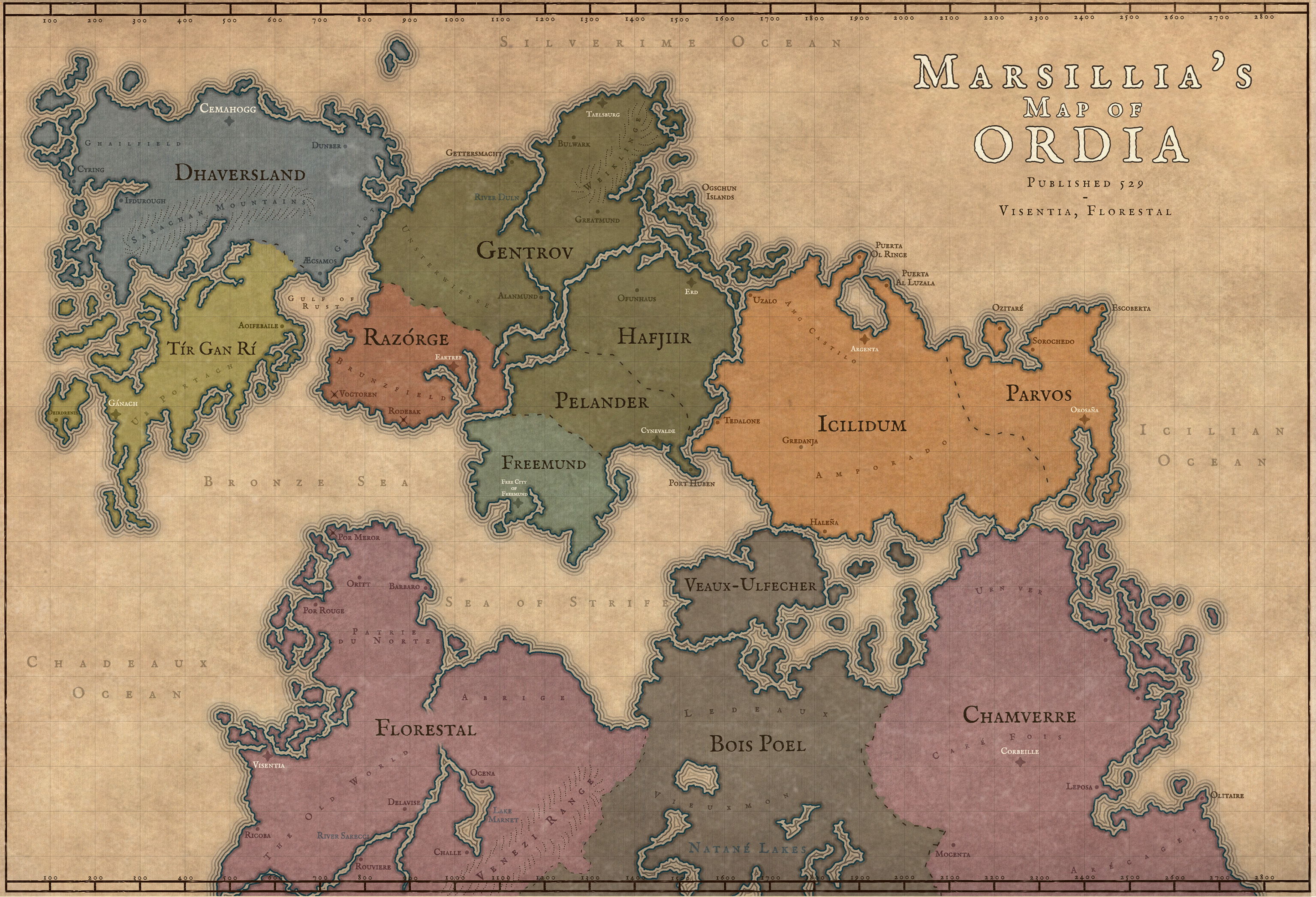Nitics: The Squats of Ulvad
For but a moment, I thought that they had sent to me a boy. He pushed his flatcap from his sun-burned face to give me a grin that deepened his laugh lines into dimples. He had short auburn hair with brown eyes and a face that was clean shaven a few days past. Stout, he must've only come up to just under my sternum. He quickly approached with determination in his stride.
"Nice to meet'cha, ma'am. I'm Levo Makonen. Just point me in a direction an' I'll get to work." His spirit somehow relieved me despite the surmounting threats. Although I felt quite bad for Mister Makonen considering that all of his accommodations were sized for humans. It pleased me to know that he was intuitive enough to bring his own Nojic-sized equipment. Watching him work was quite interesting - inspiring even. He was regrettably accustomed to being far too small for his surroundings and had all manner of tool and trick to allow him to work just as (if not more) efficiently as the others.— The War of Fog, Nadia Amatrescu
Children of Statdre
When one thinks of a Squat, they think of a small crafty humanoid with large fur-covered ears. They are cunning and witty. Many stories tell of these crafty people outsmarting opponents easily double or triple their size. In truth, the Squats of Ulvad are not true squats. A squat in Ulvad will refer to themselves as a Nitic, an old word meaning "brave kin". Many Nitics believe themselves to be descendants of the first of their kind: Statdre. Statdre was a great fae that lorded over a portion of Solsaire, the plane that the fae folk hail from. As the story goes, he was known for being quite the trickster. As such, for nearly a century, he deceived the denizens of Solsaire into believing that he was a God. After his rouse was discovered by a prying faerie, he escaped to the mortal plane. He would spend much time traveling across the seas until he eventually settled in Ulvad, creating the Nitic people from the earth and clay beneath his feet.Appearance & Mannerisms
There are two types of Nitic: pure-blood or, simply referred to as a Nitic, and Nojics, Nitics that have non-Nitic ancestry. While both types stand under four feet in height, the two differ greatly in appearance and behavior.The tall grass parts, making way for a raging bull that irately thrashes its head about and tramples the earth below it. The sounds of an old farmer frantically begging for the creature to come back are drowned out by incessant giggling. Several pairs of eyes, violet, gold, and bronze, illuminate the brush for but a fraction of a moment. The bull disappears into the thicket beyond the farmer's acres and, as quickly as it began, silence.Pure-bloods often have bark-like skin with green, violet, yellow, or orange eyes. Such Nitics can easily hide within nature with hair and features adorned with foliage, vines, and vegetation. Pure-bloods are also known to take after their progenitor: they are incredibly deceitful and are known to play tricks on unsuspecting travelers who happen to pass through their neck of the woods. While brutality varies from Nitic to Nitic, their pranks range from spoiling a farmer's milk to setting someone's home ablaze. Despite this, pure-bloods have been known to keep to themselves in quiet and nearly invisible communities kept safe by old magics. The Nojics appear like smaller humanoids that have hair, skin, and eye color that varies as much as their human counterparts. Many Nojics are known for their sarcastic and witty manner of speaking and substantial intellect. Despite their close friendship with humankind, not all humans are fond of them. As such, most Nojics know to avoid Halden. Carovige houses the most Nojics of any country with Sulaste at a close second. Domnstel has a somewhat sizable population, but its inhabitants believe Nojics to be more human than fae which poses them as a threat to some.— Gadan's Tales of Fae Vol. II
Naming Traditions
Feminine names
Examples: Tuli, Rebeka, Kaisa, Fila, Satu, Tia, Lahja, Niira, Elasa
Masculine names
Examples: Torban, Sami, Niklas, Jaako, Edvin, Emjalf, Aapandi, Hariwald
Family names
Examples: Donen, Vitaren, Niman, Mäker, Tamanen, Koskien, Roikkan, Jorvan
Culture
Major language groups and dialects
Nitish, Common (Ulvan)
Related Locations
Remove these ads. Join the Worldbuilders Guild









Comments